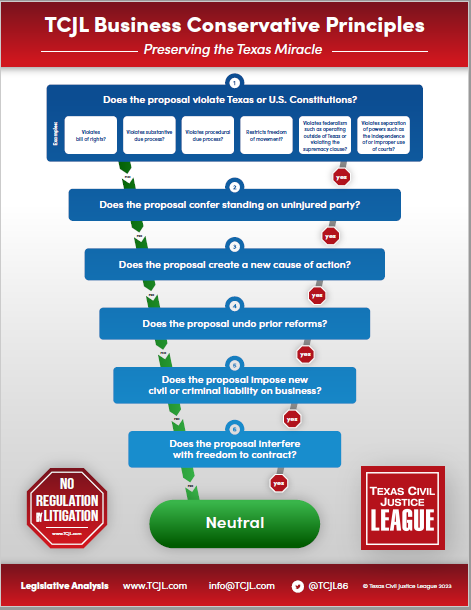 The Texarkana Court of Appeals has affirmed a judgment against a steel manufacturer for firing an employee for filing a workers’ compensation claim.
The Texarkana Court of Appeals has affirmed a judgment against a steel manufacturer for firing an employee for filing a workers’ compensation claim.
Pittsburg Steel, LLC v. Arthur Palmer (No. 05-23-00021-CV; December 11, 2023) arose from a workers’ compensation claim for a back injury. Defendant’s workers’ compensation carrier reviewed the claim and sent defendant a workers’ compensation work status report stating that plaintiff could return to work with restrictions, “including no kneeling, bending, pushing, pulling, or twisting.” Defendant reassigned plaintiff from the shear department, where he lifted heavy sheets of steel, to the mobile home production department, where he fished parts out of barrel all day. Defendant complained that this work aggravated his back and that defendant ignored his complaints. Defendant’s manager admitted that he knew plaintiff was not supposed to bend or stoop but still assigned his to tasks that required him to do so. All the while, plaintiff received treatment for his back injury and his provider sent the bills to defendant. After a few months, just prior to a schedule MRI, defendant fired plaintiff. When the comp insurer asked for a reason, defendant claimed that it had information that plaintiff had a pre-existing back injury and that he cut pieces of steel too short in the shear department. Plaintiff also admitted that he “messed up 3,000 parts over the course of three days” when working in the mobile home parts department. Plaintiff sued for wrongful termination and won at trial. The jury awarded $27,265 in lost wages. Defendant appealed.
The court of appeals affirmed. Defendant mounted legal and factual sufficiency challenges and argued that the evidence conclusively demonstrated that, after he cut steel too short in the shear department, defendant warned plaintiff that he would be terminted if it happened again. In the absence of direct evidence, which is rare, a finder of fact may infer a causal link between the filing of a claim and termination based on the following factors: “(1) knowledge of [plaintiff’s] workers’ compensation claim by those making the termination decision; (2) a negative attitude toward his injured condition; (3) failure to adhere to company policy; (4) discriminatory treatment of [plaintiff] in comparison to similarly situated employees; and (5) evidence that the stated reason for discharge was false . . .” (citation omitted).
Here the jury heard plenty of evidence that; (1) both the defendant’s personnel manager and supervisor knew about the claim (despite their protestations to the contrary); (2) the personnel manager told the insurer that she heard about a pre-existing back injury although no one at the company knew anything about it; (3) plaintiff’s supervisor made him do work he knew violated doctor’s orders and did not provide the required accommodations for plaintiff’s injury; (4) defendant violated its own company policy by not instructing plaintiff to stop bending and stooping; and (5) plaintiff presented evidence that he was treated differently than another employee had miscut 3,000 pieces of steel and kept his job (that guy was the son-in-law of the company owner). Moreover, the court found, the jury was free to weigh the credibility of plaintiff’s and defendants’ witnesses and resolve the conflicting evidence. Viewed “in the light most favorable to plaintiff,” the court opined, “we conclude that there was more than a scintilla of evidence to support the jury’s finding of retaliation.” Even from a “neutral light,” the court addded, “we find that the jury’s verdict was not so contrary to the overwhelming weight of the evidence as to be clearly wrong and unjust.” Finally, the court found plenty of evidence supporting plaintiff’s claim for lost wages.
This case should be a cautionary tale to employers looking to rid themselves of employees who have open or recent workers’ compensation claims. One glaring issue that stands out in the opinion is the lack of documentation on the part of the employer and the conflicting evidence given by the employer’s witnesses. It is clear that not everyone was on the same page. Allegations that the injured employee had pre-existing back problems appear to have been wholly fabricated, as nobody could identify the source of that information. The bit about the boss’s son-in-law keeping his job for doing the same allegedly substandard work as the injured worker didn’t help, either. All in all, we have a great deal of sympathy for the defense lawyers who did their best with a bad lot.








